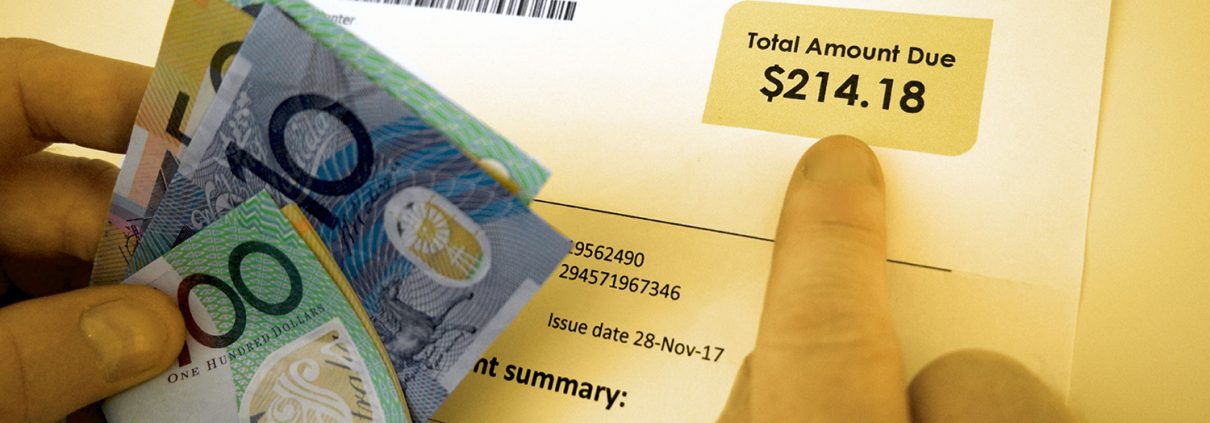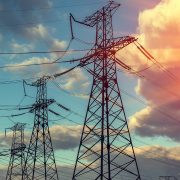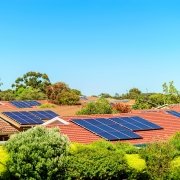Getting To Know Your Energy Bill
As an essential necessity, all homes (unless off-grid) are connected to the energy grid to power your home and you choose which energy provider best suits you. We all know that we pay for the energy we use but when you receive your energy bill every quarter do you really understand how your usage is charged or do you just accept it? There are different charges on your energy bill which make up your grand total, here’s the different charges explained.
Peak charge
This is when the price of importing energy from the grid is at its highest, some homes are charged up to 40c/kwh that is imported, and this is when the demand from the grid is at its highest. Often it is seen to be between 3pm – 9pm weekdays but each energy provider varies their peak rate usage time.
Off-peak charge
Demand from the grid is at its lowest and is commonly the cheapest rate of importing energy from the grid. This charge is often timed overnight 10pm – 7am but varies on your energy provider. This is the best time to recharge your solar battery if you have the capability to charge up to twice per day.
Shoulder usage
Grid demand is at a moderate level during this time and you are charged as such. Normally, shoulder time periods are between 7am – 3pm and weekends. This is the most convenient time of usage to set your heavy-duty appliances to work, such as pool pump or dishwasher.
Supply charge
To be grid-connected, you are charged a daily supply charge which can be around the $1 – $2 fee per day. This supply charge is a fixed charge to be supplied gas or electricity.
Feed-in-tariff
The amount your energy retailer pays you per kilowatt hour of energy that your solar system feeds energy back into the national grid. This is some thanks for helping the grid and sending your excess energy to power other homes. Over the years, feed-in-tariffs have decreased heavily with some states only receiving up to 6c/kWh. This varies per state and territory and your energy retailer can elect to pay the minimum or pay you a higher rate.
Surge pricing
All of us in one way or another have been affected by surge pricing for any commodity in our lives e.g. petrol, ride sharing etc. Surge pricing occurs in energy prices too. This is based off the demand for the product, in this case energy. The continued demand for energy during peak periods has sparked energy providers to increase the price of energy during these peak demand periods. To protect you and your household from surge pricing, a solar battery storage system will capture all excess energy from your solar and store this for when the sun goes down. By doing so, instead of paying for your energy at surge prices, it will be free and from your own solar system.
Energy monitoring will help you know when you are using energy and give you guidance on when to change habits to be more energy efficient with your usage. For more information on energy monitoring click here.













